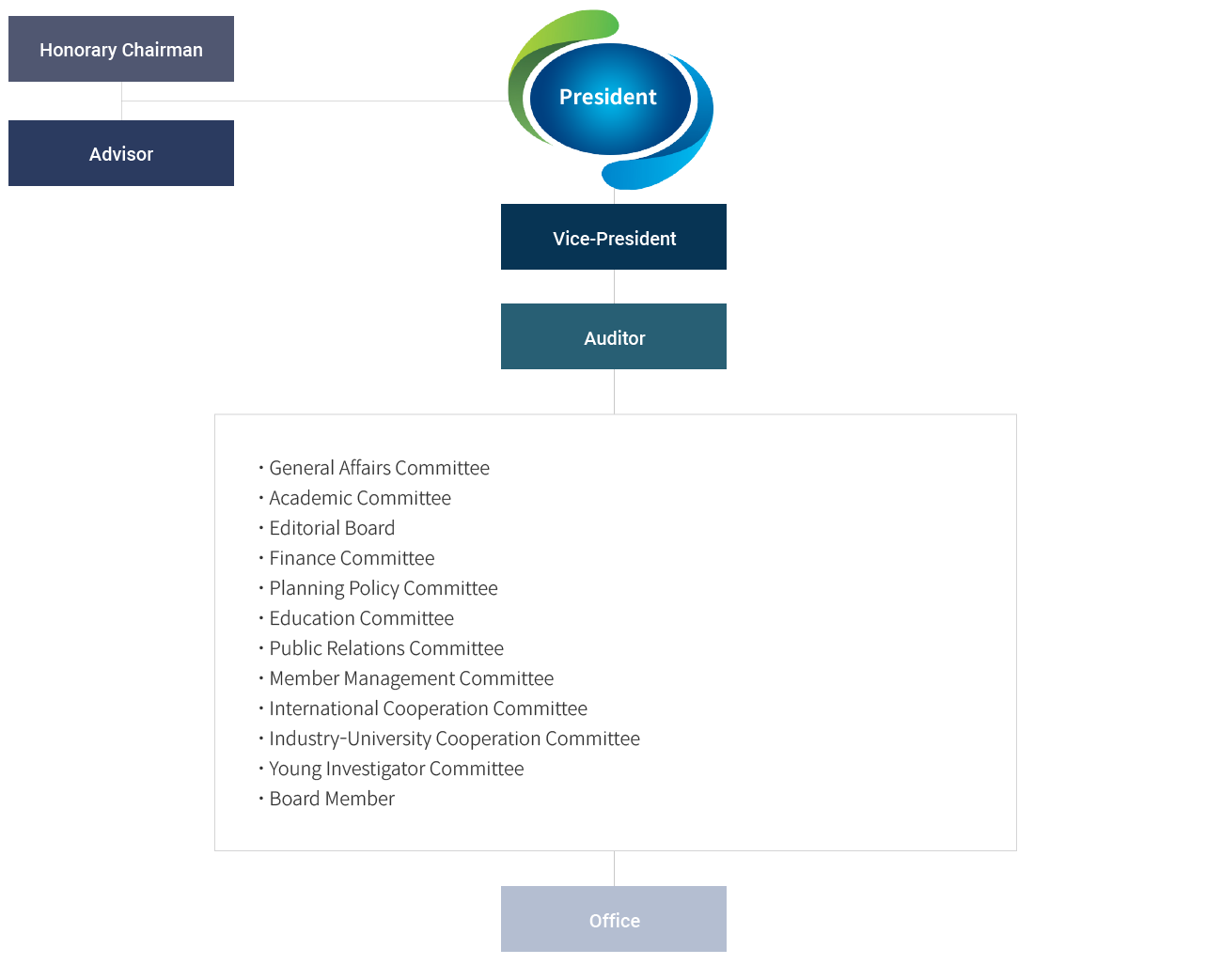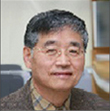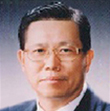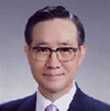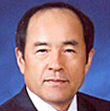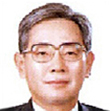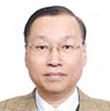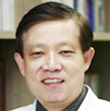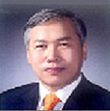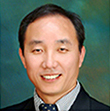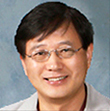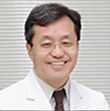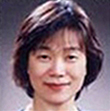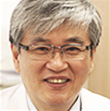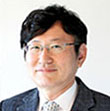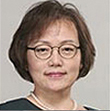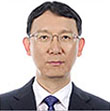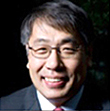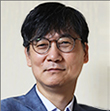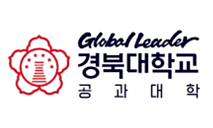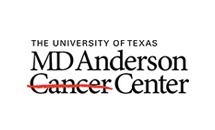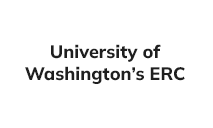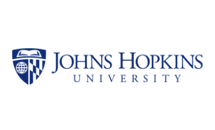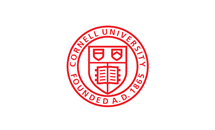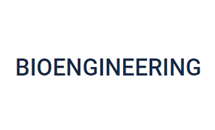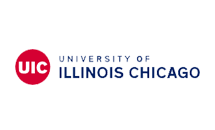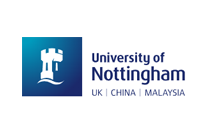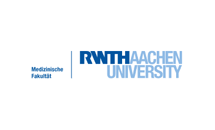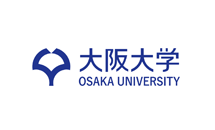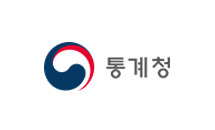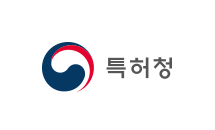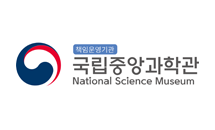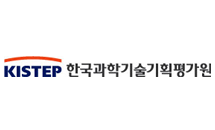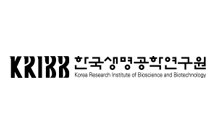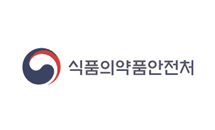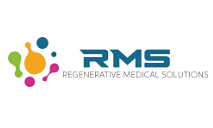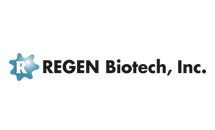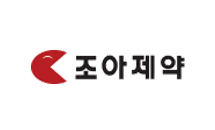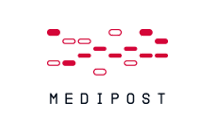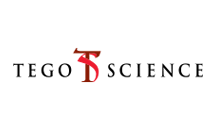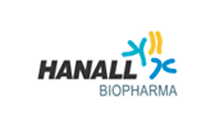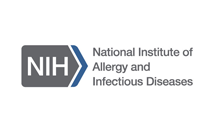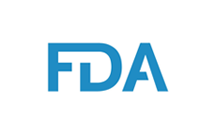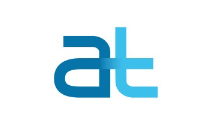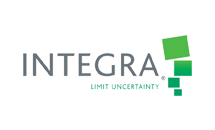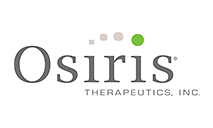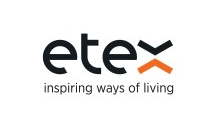
AIMS AND SCOPE
Tissue Engineering and Regenerative Medicine (TERM) is the official journal of the Korean Tissue Engineering and Regenerative Medicine Society and is published bimonthly on the 1st of February, April, June, August, October, and December. The journal has the aim of publication dedicated to providing research-based solutions to human diseases. It is a peer-reviewed journal that publishes research papers, reviews, and features in the fields of tissue engineering, medical biomaterials, cell therapy, stem cell biology, and regenerative medicine. The journal is covering a wide array of issues in polymer chemistry, natural science, engineering, molecular biology, genomics, cell biology, cytology, medical science, and preclinical and clinical studies. Organ and tissue regeneration include brain and nervous system, cardiovascular system, skeletal muscle, bone and bone marrow.
Abstracted / indexed in
Science Citation Index Expanded (SciSearch), Journal Citation Reports/Science Edition, Medline/Pubmed, PubMed Central, SCOPUS, EMBASE, Chemical Abstracts Service (CAS), Google Scholar, CNKI, EBSCO Discovery Service, EI Compendex, OCLC WorldCat Discovery Service, ProQuest Central, ProQuest Research Library, ProQuest-ExLibris Primo, ProQuest-ExLibris Summon, Reaxys
Editorial Committee (Renewed on April-01-2023)
Editor-in-Chief
Inho Jo, Ph.D. (Ewha Womans University, Korea)
Senior Editor
Chong-Su Cho, Ph.D. (Seoul National University, Korea)
Regional Associate Editors
Europe : Jöns Hilborn, Ph.D. (Uppsala University, Sweden)
Asia : James Goh, Ph.D. (National University of Singapore, Singapore)
North America : James J. Yoo, M.D., Ph.D. (Wake Forest University, U.S.A.)
Oceania: Justin Cooper-White, Ph.D. (Univ. of Queensland, Australia)
Associate Editors
Biomaterials & Tissue Engineering : Jeong Ok Lim, Ph.D. (Kyungpook National University, Korea)
Biomaterials & Tissue Engineering : Se Heang Oh, Ph.D. (Dankook University, Korea)
Biomaterials & Tissue Engineering : Young-Kwon Seo, Ph.D. (Dongguk University, Korea)
Cell Biology & Stem Cell : Byung Hyune Choi, Ph.D. (Inha University, Korea)
Cell Biology & Stem Cell : Han-Soo Kim, Ph.D. (Catholic Kwandong University, Korea)
Cell Biology & Stem Cell : Seung Yup Ku, M.D., Ph.D. (Seoul National University, Korea)
Cell Biology & Stem Cell : Eui Kyun Park, Ph.D. (Kyungpook National University, Korea)
Regenerative Medicine & Clinical Investigation : Jun-Ho Byun, D.D.S., Ph.D. (Gyeongsang Nationall University, Korea)
Regenerative Medicine & Clinical Investigation : Hyuk-Soo Han, M.D., Ph.D. (Seoul National University, Korea)
Regenerative Medicine & Clinical Investigation : Sung Won Kim, M.D., Ph.D. (The Catholic University of Korea, Korea)
Regenerative Medicine & Clinical Investigation : Jang Hyun Lee, M.D., Ph.D. (Hanyang University, Korea)
Social Media Editor
Yoon Young Kim, Ph.D. (Medical Research Center, Seoul Nat'l Univ., Korea)
Editorial Board:
Suk Ho Bhang, Ph.D. (School of Chemical Engineering, Sungkyunkwan Univ., Korea)
Young Woo Cheon, M.D. Ph.D. (Dept. of Plastic & Reconstructive Surgery, Gachon Univ. College of Medicine, Korea)
Myung Soo Cho, Ph.D. (Dept. of TED, S.Biomedics Co. Ltd., Korea)
Seung-Woo Cho, Ph.D. (Dept. of Biotechnology, Yonsei Univ., Korea)
Heung Jae Chun, Ph.D. (Institute of Cell & Tissue Engineering, The Catholic Univ. of Korea, Korea)
Dong Keun Han, Ph.D. (Dept. of Biomedical Science, CHA Univ., Korea)
Changmo Hwang, Ph.D. (Dept. of Convergence Medicine, Univ. of Ulsan College of Medicine, Korea)
Nathaniel S. Hwang, Ph.D. (Institute for Chemical Processing, Seoul Nat'l Univ., Korea)
Wooyoung Jeong, Ph.D. (Dept. of Biomedical Engineering, Catholic Kwandong Univ., Korea)
Chris Hyunchul Jo, M.D. (Ph.D., Dept. of Orthopedic Surgery, Seoul Nat'l Univ., Korea)
Youngmee Jung, Ph.D. (Biomaterials Research Center, KIST, Korea)
Byung-Soo Kim, Ph.D. (School of Chemical and Biological Engineering, Seoul Nat'l Univ., Korea)
Chun Ho Kim, Ph.D. (Tissue Engineering Lab., KIRAMS, Korea)
Han Su Kim, M.D., Ph.D. (Dept. of Otorhinolaryngology-Head & Neck Surgery, Ewha Womans Univ., Korea)
Jong Hoon Kim, Ph.D. (College of Life Sciences and Biotechnology, Korea Univ., Korea)
Jong Young Kim, Ph.D. (Dept. of Mechanical Engineering, Andong Nat'l Univ., Korea)
Moon Suk Kim , Ph.D. (Dept. of Molecular Science & Tech., Ajou Univ., Korea)
Sang Hun Kim, Ph.D. (Biomaterials Research Center, KIST, Korea)
Soo Hyun Kim, Ph.D. (Biomaterials Research Center, KIST, Korea)
Soon Hee Kim, Ph.D. (Nano Bio Regenerative Medical Institute, Hallym Univ., Korea)
Yong Jin Kim, M.D., Ph.D. (Dept. of Obstetrics and Gynecology, Korea Univ., Korea)
Oh Hyeong Kwon, Ph.D. (Dept. of Polymer Science and Engineering, Kumoh Nat'l Institute of Technology, Korea)
Tae Gyun Kwon, M.D., Ph.D. (Dept of Urology, Kyungpook Nat'l Univ., Korea)
EunAh Lee, Ph.D. (Impedance Imaging Research Center, Kyung Hee Univ., Korea)
Sang Cheon Lee, Ph.D. (School of Dentistry, Kyung Hee Univ., Korea)
Kun Na, Ph.D. (Dept. of Biotechnology, The Catholic Univ. of Korea, Korea)
Insup Noh, Ph.D. (Dept. of Chemical and Biomolecular Engineering, Seoul Nat'l Univ. of Tech., Korea)
Hyun Sook Park, Ph.D. (CEFO Co., Ltd, Korea)
In Kyu Park, Ph.D. (Dept. of Biomedical Sciences, Chonnam Nat'l Univ., Korea)
Kwi Deok Park, Ph.D. (Biomaterials Research Center, KIST, Korea)
Sang Hyug Park , Ph.D. (Dept. of Biomedical Engineering, Pukyong Nat'l Univ., Korea)
Yong-Beom Park, M.D., Ph.D. (Division of Rheumatology, Yonsei Univ., Korea)
Jung Wook Shin, Ph.D. (Dept. of Biomedical Engineering, Inje Univ., Korea)
Hee Seok Yang, Ph.D. (Dept. of Nanobiomedical Science, Dankook Univ., Korea)
Jeong Joon Yoo, M.D., Ph.D. (Dept. of Orthopedic Surgery, Seoul Nat'l Univ., Korea)
Jong Pil Yoon, M.D., Ph.D. (Dept. of Orthopedic Surgery, Kyungpook Nat'l Univ., Korea)
International Editorial Board:
Toshihiro Akaike, Ph.D. (Tokyo Institute of Technology Japan, Japan)
Ahnond Bunyaratvej, Ph.D. (Mahidol University, Thailand)
Yilin Cao, Ph.D. (Shanghai 9th Hospital, China)
Guoping Chen, Ph.D. (National Inst. Material & Science, Japan)
Akon Higuchi, Ph.D. (National Central University, Taiwan)
Ging-Ho Hsiue, Ph.D. (National Tsinghua University, Taiwan)
Yu-Chen Hu, Ph.D. (Nationall Tsing Hua University, Taiwan)
John D. Jackson, Ph.D. (Wake Forest University, U.S.A.)
R. Jayakumar, Ph.D. (Amrita Institute of Medical Science & Research Centre, India)
Sang Jin Lee, Ph.D. (Wake Forest University, U.S.A.)
Wei Liu, M.D., Ph.D. (Shanghai Jiao Tong University, China)
Teruo Okano, Ph.D. (TWMU, Japan)
Uthra Rajamani, Ph.D. (Cedars Sinai Medical Center, U.S.A.)
Allan J. Russell, Ph.D. (Past-President of TERMIS, Carnegie Mellon Univ., U.S.A.)
Binti Haji Idrus Ruszymah, M.D., Ph.D. (University of Kebangsaan, Malaysia)
Jan-Thorsten Schantz, M.D., Ph.D. (Technical University of Munich, Germany)
Minuro Ueda, D.D.S., Ph.D. (Nagoya University, Japan)
Salvatore Giovanni Vitale, M.D., Ph.D. (University of Catania, Italy)
Xiumei Wang, Ph.D. (Tsinghua University, China)
Managing Editor:
Jung Hyun Ahn (Korean Tissue Engineering and Regenerative Medicine Society, Korea)
More information about ‘TERM’

Editorial Office
1414 Seocho World Officetel, 19 Seoun-ro, Seocho-gu, Seoul 06732, Korea
Tel: +82-70-7558-2608 Fax: +82-70-8258-2608 E-mail: kterms.edit@gmail.com


